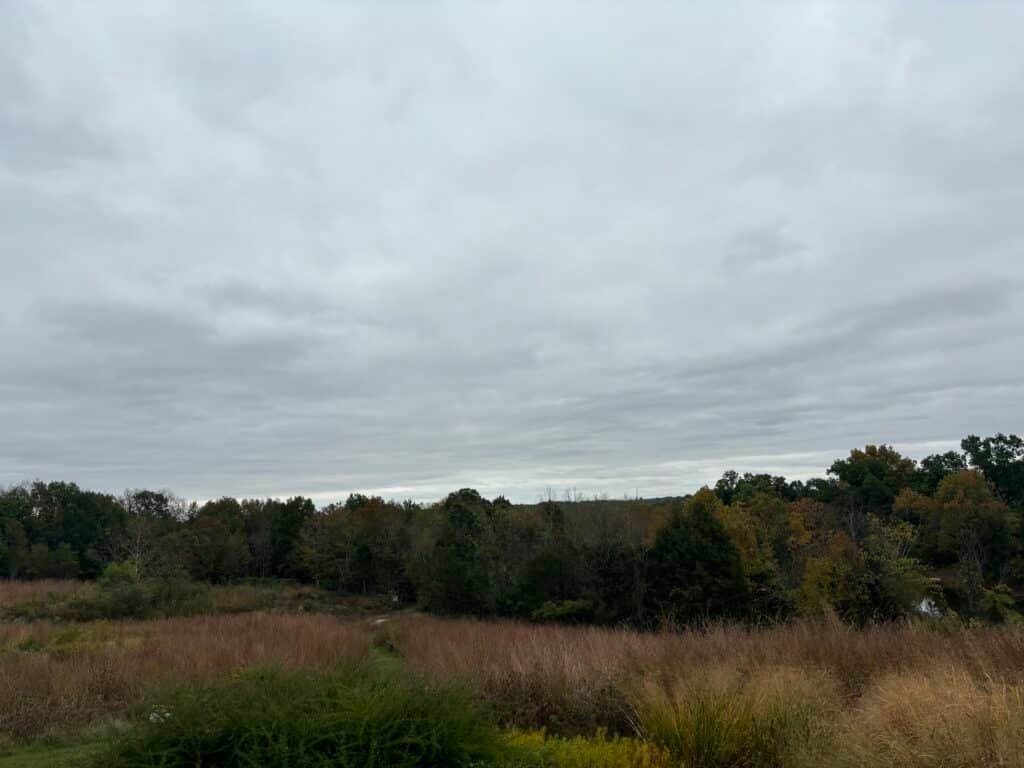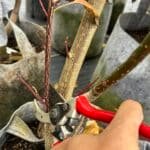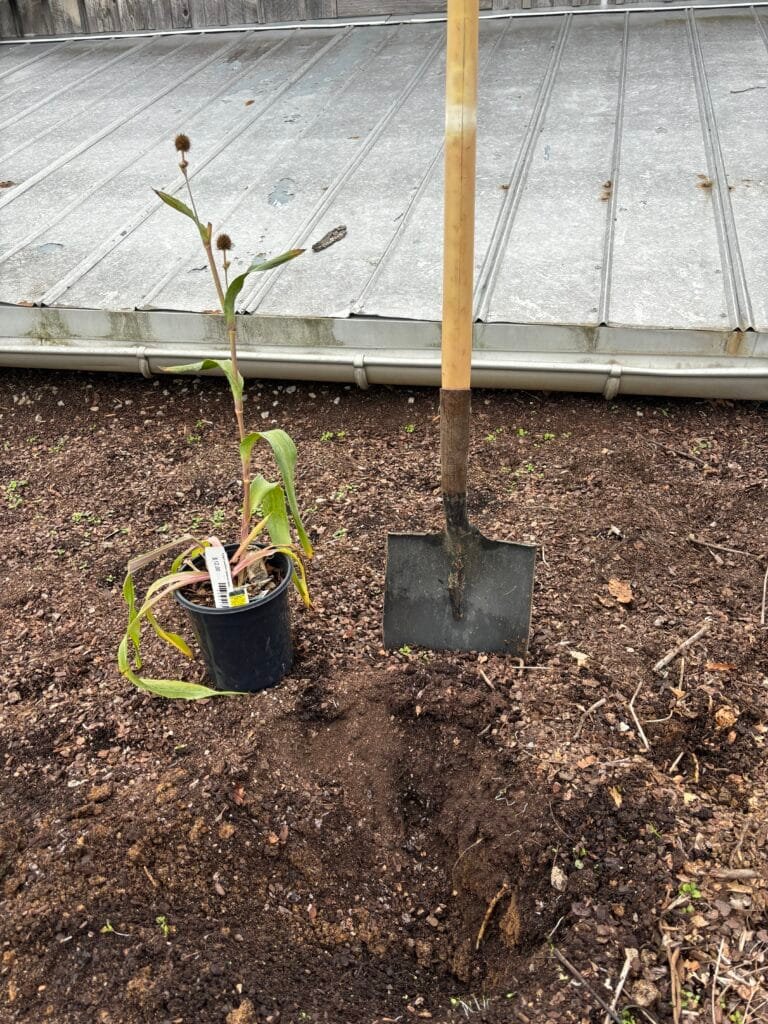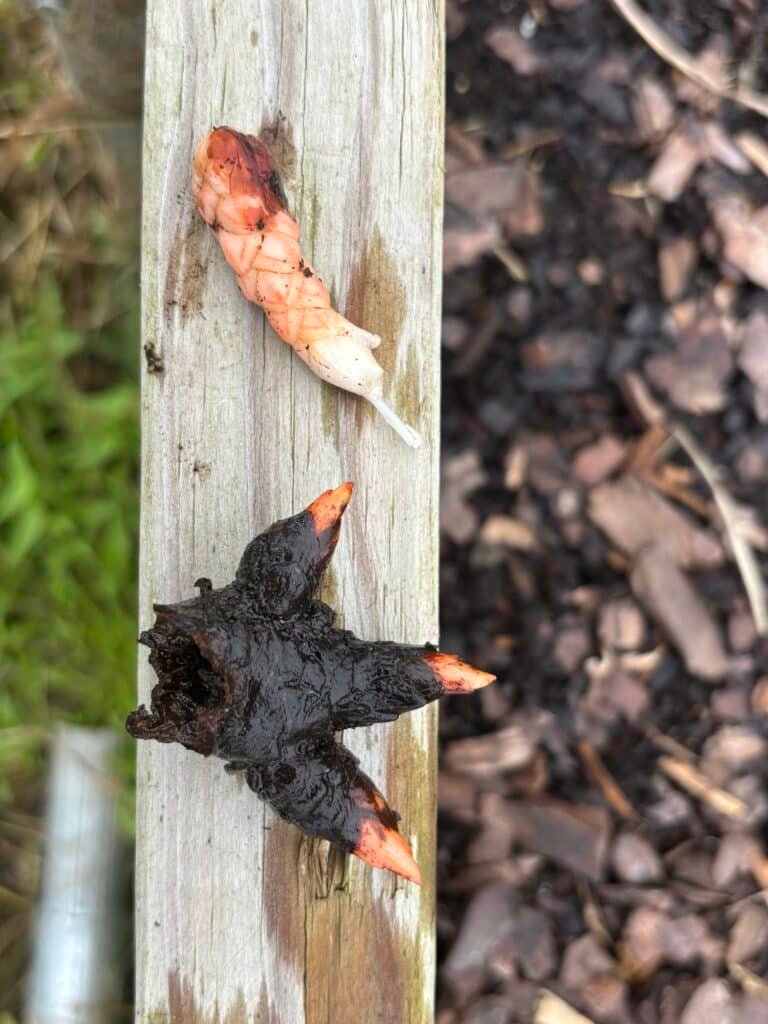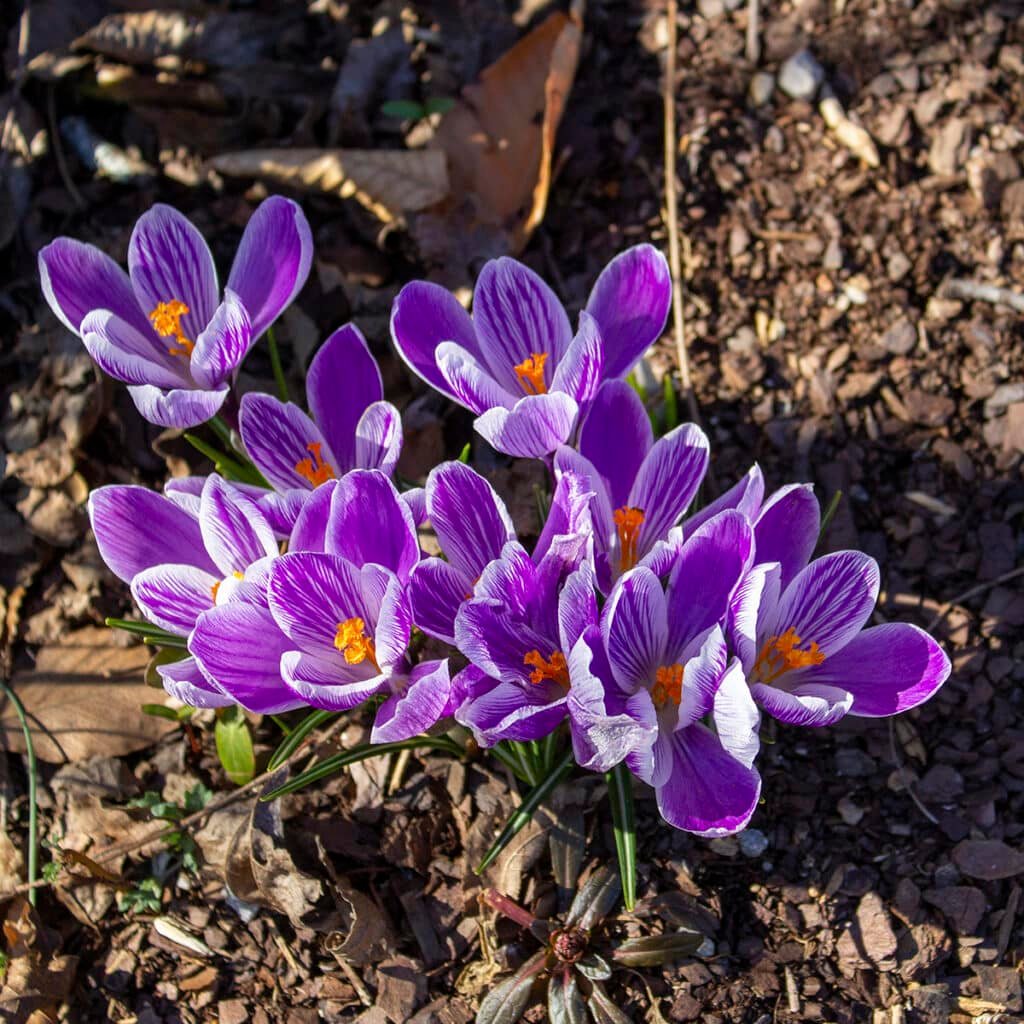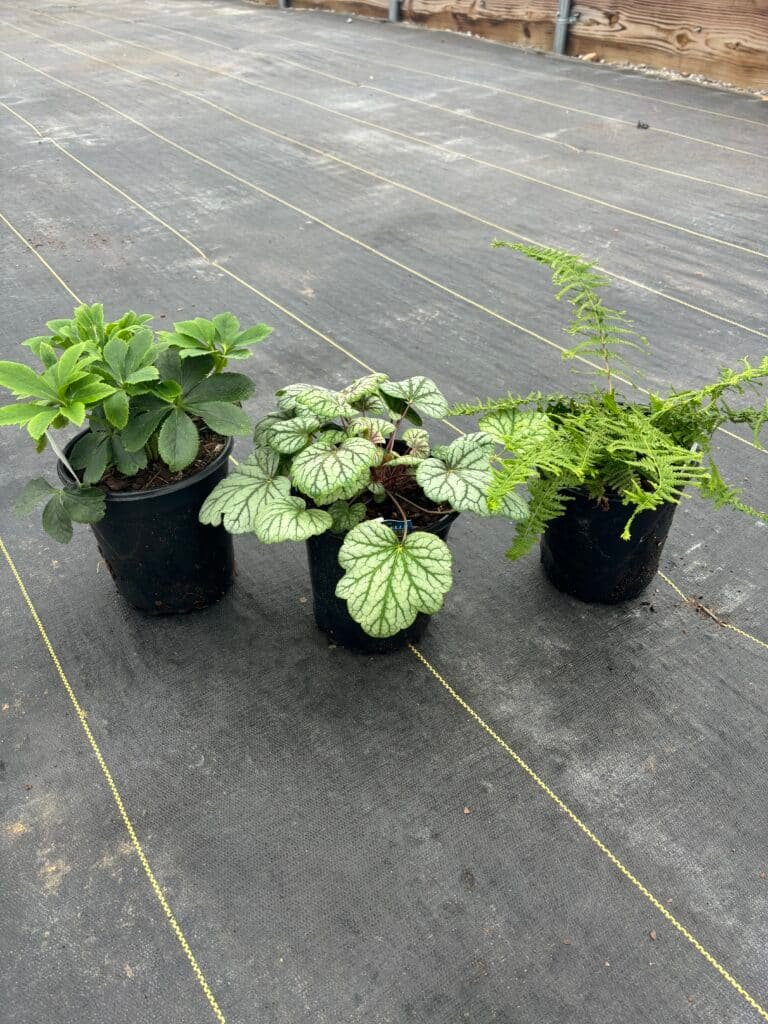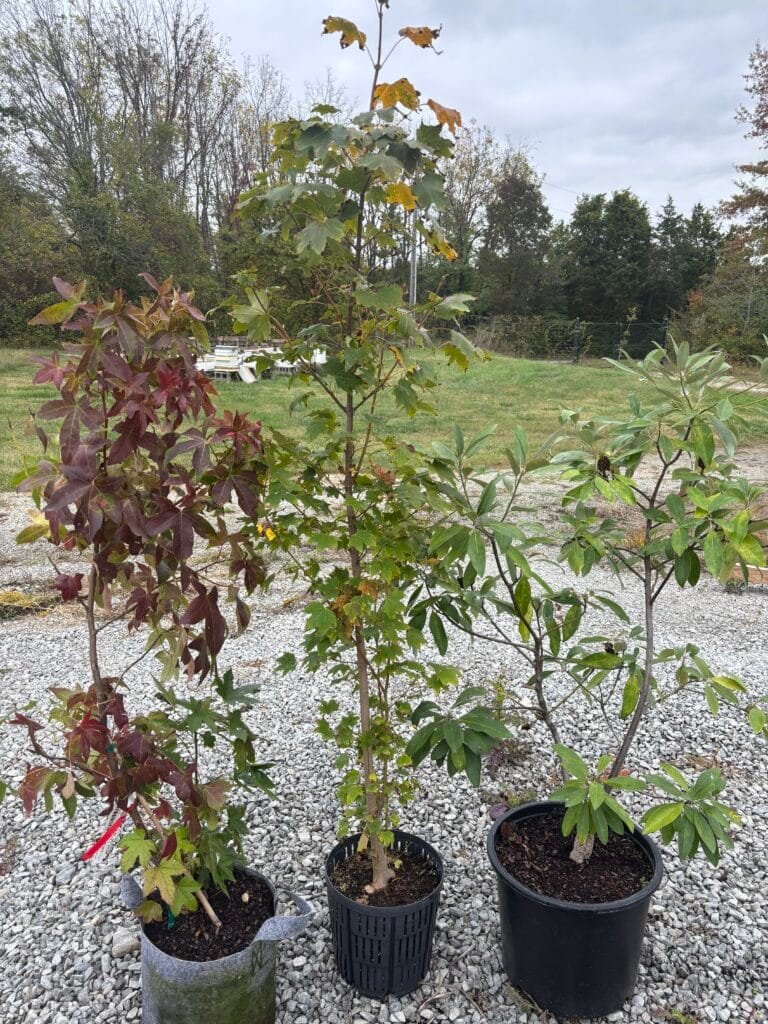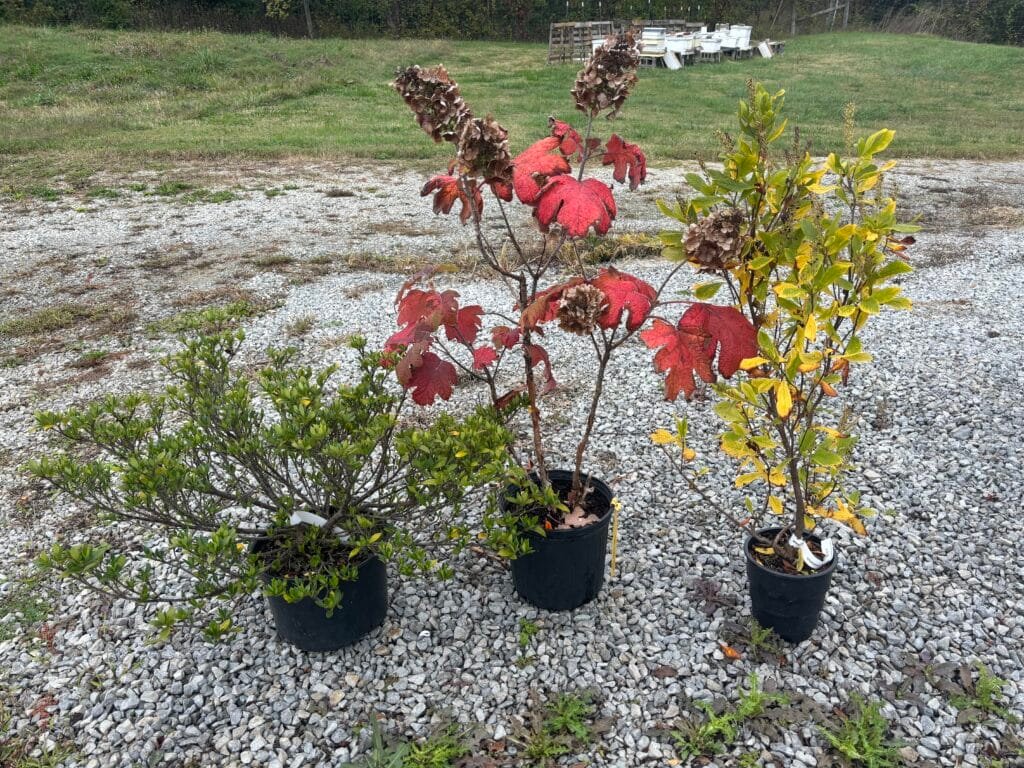Transplant These Plants Now
By: Gene Bush
Farmers are out cultivating fields and sowing seed in early spring. Nurseries and garden centers overflow with color on opening day. They woke the plants up early and grew them on to full foliage and bloom, placing temptation before gardeners with cabin fever. After a winter inside, separated from our gardens, how can a gardener resist the call of agriculture, nature, and opening day at the local garden center?
I am as susceptible to gardening siren calls as any other gardener, but over the years I have learned to sort agriculture from horticulture. The instant gratification of mature plants in full bloom still gets purchased, but not all varieties of plants get included in spring take-homes.
I have found over the years there are plants best transplanted in the fall. September, October, and into November are prime months for bringing perennials, bulbs, trees, and shrubs into the garden.
Weather
If I were to describe our soils in later winter into spring in one word it would be “soggy”. Over winter we normally receive our rains to build up reserves for summer heat and mini-droughts. Between the rain and temperatures running up and down like a yo-yo, I find that spring is not my favorite time to work in the garden. I do, but I prefer fall planting when the soils are dry, and the temperatures are cool in the mornings. While working, I often begin work in a long sleeve shirt and end up in a t-shirt. The trees out in the hills beyond the garden are dressed in gold, red, purple, and bright yellow with green and brown forming a framework. Not too hard to forget one is actually working in the garden.
Maintenance
I would not call myself a lazy gardener, but I see little common sense in making life difficult for myself. If there is an easier way to go about a task, I appreciate knowing. When purchasing a plant in full foliage and bloom in spring, it will need care until the roots can get established. If one is not to lose the new plant, it needs attention all spring and well into the summer. When transplanting in the fall, water once, mulch, then walk away is the usual routine.
Fall Transplanting
Come September, October, and November, plants are either dormant or going to sleep at this time of year, so there is less concern for root disturbance. Plants perform better when planted after the tops have stopped active growth or died back. With proper soil preparation and mulching, they hardly know they have been transplanted rather simply awakening in their new home next spring. Roots have had a chance to settle in during the winter months. When first foliage and then bloom is produced all is fully operative the following season. New feeder roots are able to take up the energy needed to reduce or eliminate stress. I lose far fewer plants when setting out during fall.
Bulbs, Tubers, and Corms
Full-color catalogs selling spring-blooming bulbs begin filling our mailboxes in late spring with early order discounts and continue almost until planting time. Although there are other good growers and sellers of bulbs out there, most of the bulbs we receive come from Holland. In most cases, they will also arrive in your mailbox too early for immediate transplanting.
When your bulbs arrive, inspect for damage in shipment, dried-out material, or rot. Seldom will any of this occur in today’s market, but better safe than sorry. I leave the packets in the shipping box, remove all packing material, and place them in the refrigerator until proper planting time. Since some bulbs are treated with a fungicide, I prefer not to use the vegetable drawer.
Wait for the soil to cool down before planting the bulbs. Quite often bulbs planted into warm soil will break dormancy, coming into active growth at the beginning of winter. This causes unsightly damage to the foliage and may kill the bud containing the bloom.
The soil where I intend to plant my bulbs is worked and amended any time during late summer and early fall when I find the time. The actual planting of the bulbs does not take place until around Thanksgiving. Since the weather can quickly turn to winter cold and wet around this time, do not put off preparing the planting site in advance. You could end up having to plant your bulbs in less-than-ideal conditions.
The Ephemeral
Ephemeral means fleeting or of short duration. The term when applied to plants refers to our early spring bloomers that, in general, are dormant by the middle of July. Trilliums would be one good example. The tiny Dwarf Snow Trillium (T. nivale) blooms first to the middle of March, sets seed, then foliage disappears by July 4.
By awakening so early in the garden season, fall planting is the only practical time to plant. Few gardeners are able to work the soil during February or March. The most important reason, however, for fall planting the early spring bloomers is their growth habits. During late summer and early fall, many of these plants (mostly woodland) form buds that will become stems, roots, or blooms. If planted in fall, they have the best chance of settling in, putting new roots into the surrounding soil, and completing their preparations for the coming season in their new home.
Perennials
Plants we see at the nurseries and garden centers in full foliage and bloom mid-April through July also do best when fall planted. These late spring and early summer bloomers placed in the garden from the last of April through the end of May have a difficult time surviving and thriving. First of all, roots are disturbed when removed from pots, then again when spreading into the surrounding soil when transplanting. Feeder roots supplying a mature plant are broken and bruised, disrupting the flow of nutrients and moisture. The plants have little time to repair and establish new roots before the month of July arrives. July, August, and into September mean long periods of heat, high humidity, and low precipitation. Surviving all this disruption and drought is a lot to ask of a plant in full foliage and bloom. I probably killed enough plants using spring planting that humus will never need to be added for enriching the soil. The garden was already full of decomposing dead plant material.
Perennials that bloom from August through November are the plants I prefer placing in the garden during spring while they are either dormant or just awakening. That gives them around five to six months of growth before they are expected to bloom. September, October, and November bloomers such as Toadlilies (Tricyrtis species and hybrids) are examples of beauties for the late garden.
Trees & Shrubs
September and October are my favored months for planting deciduous shrubs and trees. Much of the literature on planting trees and shrubs says any time you can work the ground, especially for ball and burlap or containerized plants. While I certainly could spring plant, my preference is for fall.
Mother Nature has prepared the shrubs and trees for the coming season by having them drop all foliage. No energy no goes into production or maintenance which draws moisture from the roots. While the part above ground is asleep, not so with the root system. The roots remain very much awake and are in active growth any time the soil is 45 degrees or above. You can gain eight or nine months simply by fall-planting a shrub or tree.
Over winter, the shrubs can settle into the soil and have new feeder roots out when spring arrives. Much less stress is caused when the production of foliage, blooms, and fruit are produced.
When planting, I water well and mulch around the root system, but not against the trunk or stems. When mulch is placed against bark several things can happen, such as rot from excess moisture and no air circulation. It also creates a hiding place for insects to winter over and feed. Mice especially enjoy cover such as this and will feed on bark during winter killing a young tree or shrub. Normally one does not have to water again until the next summer unless we get a prolonged dry spell. I never fertilize when planting, but wait until just before spring growth begins.
Whenever possible, and I can find the patience, my preference is to let Mother Nature do most of the work. She usually does a better job. Be it wildflowers, perennials, bulbs, or shrubs, after planting I water well, but once, mulch to prevent winter heaving and to maintain that moisture. I then pretty much forget the plants or bulbs until spring. With our winter rains coming regularly, keeping a plant watered is forgotten. That sure cannot be done with a spring planting and expect survival.
About the Author

Gene E. Bush, Garden Correspondent, tells the complete story of shade gardening based upon thirty-plus years of experience gardening in Southern Indiana. He also had twenty-plus years as past owner of Munchkin Nursery & Gardens, specializing in rare and unusual shade perennials. Gene’s garden still specializes in native and non-native perennial woodland plants. This combination of plants forms a casual ‘Wild Garden’ gardening style. Gene is now active as a garden consultant specializing in Aging With Your Garden. His photographs and writing now appear on his Facebook Page. Watch for exhibits of his photos in local galleries.
Gene’s book “A Gardener Grounded: Meeting Life’s Challenges Post Diagnosis” is available on Amazon.com in both hard copy and eBook. Watch for new titles coming in the near future.
When not strolling his garden, Gene E Bush can be found at Aging With Your Garden on Facebook

